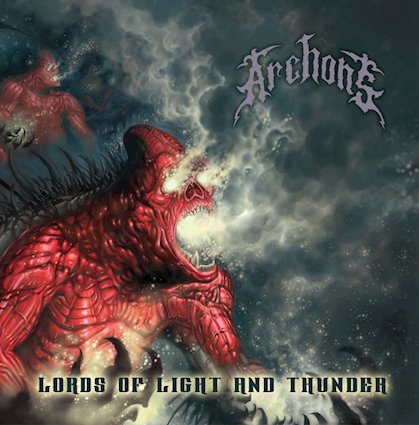Band
Mouth of the Architect
Title
The Ties That Bind
Type
LP/EP
Company
Translation Loss
YOR
2006
Style
Doom/Stoner
Popular Reviews
10/27/2006 - Review by:
Etiam
Mouth of the Architect - The Ties That Bind - 2006 - Translation Loss Records
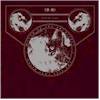
Track Listing1. Baobab
2. No One Wished To Settle Here
3. Carry On
4. Harboring An Apparition
5. At Arms Length
6. Wake Me When It's Over
|
For all its qualities, sludge metal is generally not a genre known for breaking the mold. Epic, yes; lengthy, almost always; and heavy, without fail. But rarely is it progressive—rarely does it challenge its audience, or explore new territories.
So, although Mouth of the Architect, the sophomore group out of Dayton, Ohio, is not necessarily the ultimate answer to these issues, their inquisitive nature distinguishes themselves from a field of tough competitors.
Back when they were formed, the level of buzz surrounding the band was perhaps a little unmerited. Their drummer, Dave Mann, was a member of the short-lived but outstanding outfit Rune, and his inclusion here made MOTA one of 2004’s most discussed debuts, but while that early work was certainly promising, its peak fell short of potential.
And now, after undergoing serious line-up changes, MOTA have released a split with Kenoma and now a new full length, entitled ‘The Ties That Blind’, both in 2006. Interestingly, the album features These Arms Are Snakes’ bassist Brian Cook, and the production of Chris Common, also of TAAS.
A first listen to ‘The Ties That Blind’ will not reveal anything too out of the ordinary, and those even casually aware of this style will recognize common traits often used here. MOTA’s style is immediately familiar as the same sort of epic, largely instrumental ‘post-rock’ soundscape played by bands like Isis, Neurosis, and Co.
However, once dissected ‘The Ties That Blind’ is far from the genre standard. Citing King Crimson and The Mahavishnu Orchestra as influences, MOTA take soundscape metal to task by subtly shifting basic forms of the genre to create a more dynamic, enveloping environment. Though remaining within the established boundaries of this style, they are wise enough to cast aside the shackles of acceptable form that so many of their peers are bound by.
To describe this effect, their press release uses the phrase “single-note progression and a wider sound continuum,” and for once, promo material is accurate. Much like their cited influences, MOTA’s writing style isn’t necessarily complex, but their most integral chord and melodic progressions are unlike any other. It does not immediately appear as such, though, since nearly every facet of this album’s sound has been used somewhere before. During their gentler moments their instrumentation sounds eerily close to Explosions in the Sky, while at other times more akin to the bestial passion of Today is the Day.
The element fusing these two extremes is the percussion of Dave Mann, who, despite the Rune association, does not get the attention he deserves. His drums function as almost another leading instrument, as he sets the tone of each song both with slow patience and snappy fills rather reminiscent of Mastodon’s Brann Dailor, precise while somehow still seeming spontaneous.
Speaking of Mastodon--that Southern juggernaut happened to be next door while ‘The Ties That Blind’ was being recorded, and a visit with Brent Hinds turned into a guest vocal appearance on the track ‘At Arms Length’, where Hinds’ bellows fit in quite nicely. Small world.
Most importantly, aside from its own substantial merits, ‘The Ties That Blind’ has an impact on the ‘bigger picture’. The style of soundscaping is facing a serious problem—so many bands are entering the scene playing nearly identical material, and the audience is getting tired of it. MOTA is aware of this, and their greatest achievement is first acknowledging this problem, and then moving to new territory with confidence.
One might ask why this is such an achievement when the genre standard is still performing so well. Consider this, then. This same predicament of stagnation went nearly unacknowledged during the metalcore movement of the early 2000’s, and the resulting glut destroyed nearly all of the genre’s credibility, and many believe it will never recover.
Now, if others can learn from the example set here by Mouth of the Architect and ‘The Ties That Blind’ before the downward spiral begins, we shall have no need to fear that same unseemly end.
--Etiam 10.12.06
 (Nuclear Blast)
(Nuclear Blast)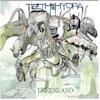 (Tee Pee)
(Tee Pee)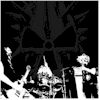 (Candlelight)
(Candlelight) (Southern Lord)
(Southern Lord) (Candlelight)
(Candlelight)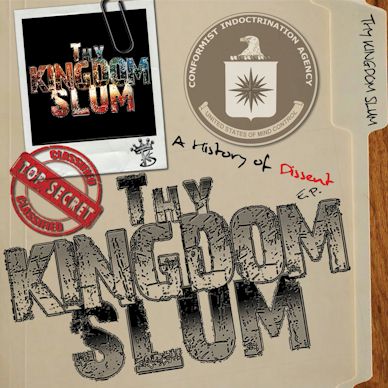 (Slum World)
(Slum World)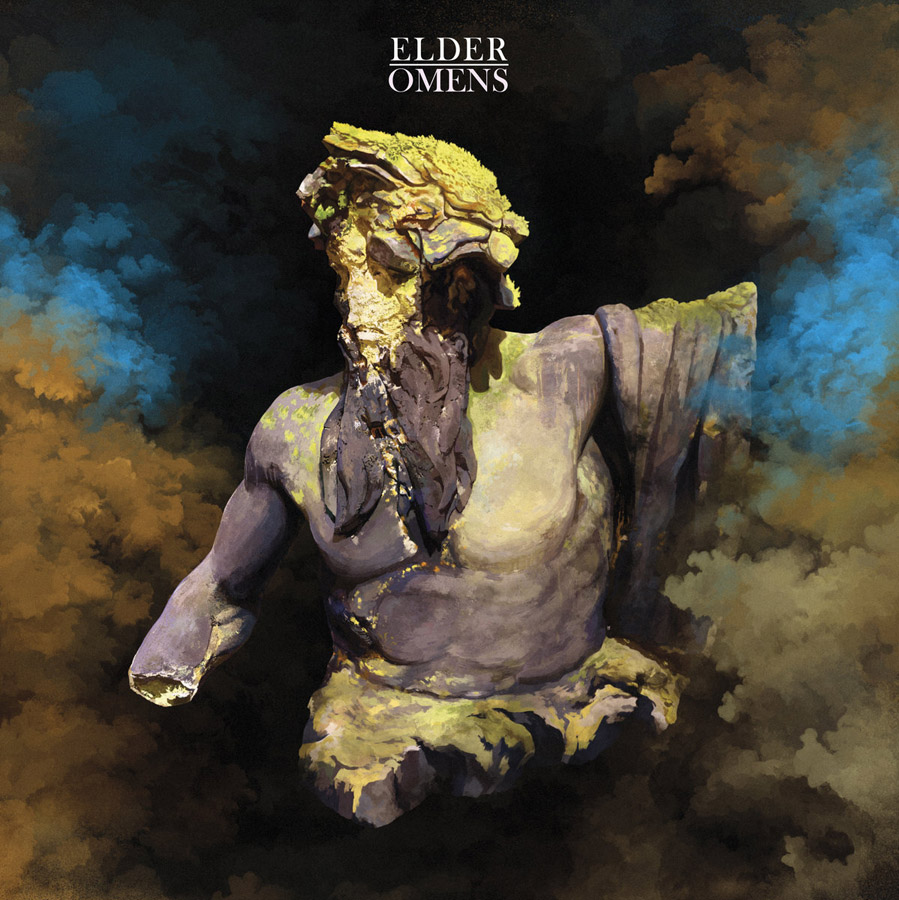 (Armageddon)
(Armageddon)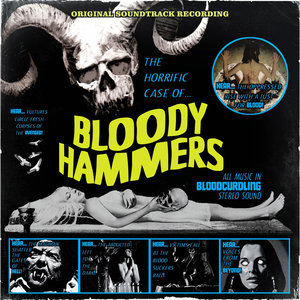 (Napalm)
(Napalm) (Blackseed)
(Blackseed)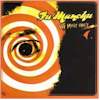 (Century Media)
(Century Media) (Razor & Tie)
(Razor & Tie) (Rivel Records)
(Rivel Records) (Crucial Blast)
(Crucial Blast)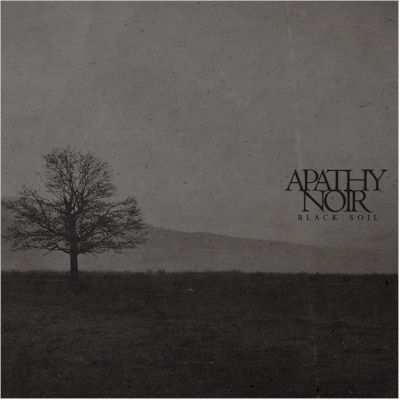 (Independent)
(Independent)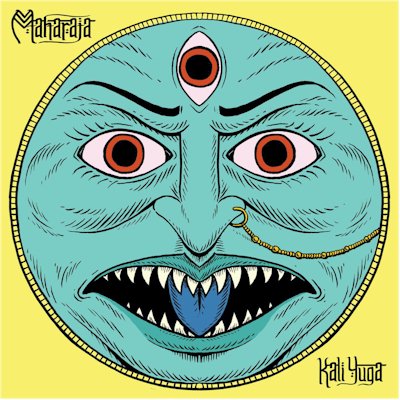 (Independent)
(Independent)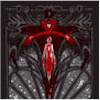 (Supernatural Cat)
(Supernatural Cat)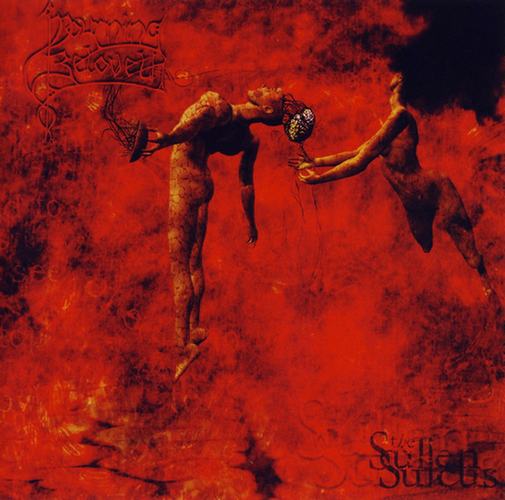 (Aftermath)
(Aftermath)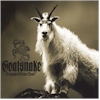 (Southern Lord)
(Southern Lord) (Profound Lore)
(Profound Lore) (Epic Records)
(Epic Records)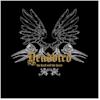 (Earache)
(Earache) (Backbite)
(Backbite)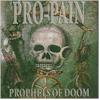 (Candlelight)
(Candlelight) (Miskatonic Foundation)
(Miskatonic Foundation)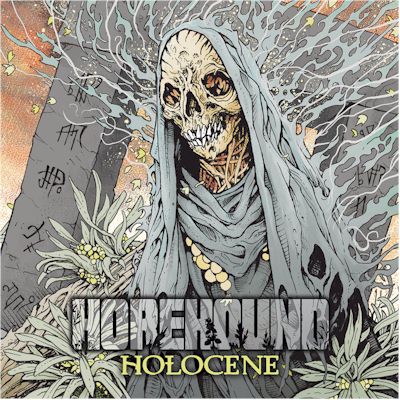 (Doom Stew)
(Doom Stew) (Rotten)
(Rotten)



